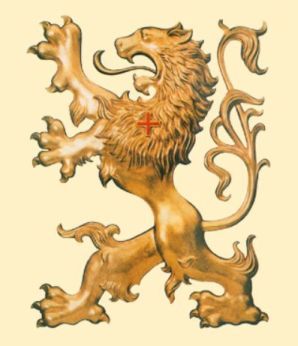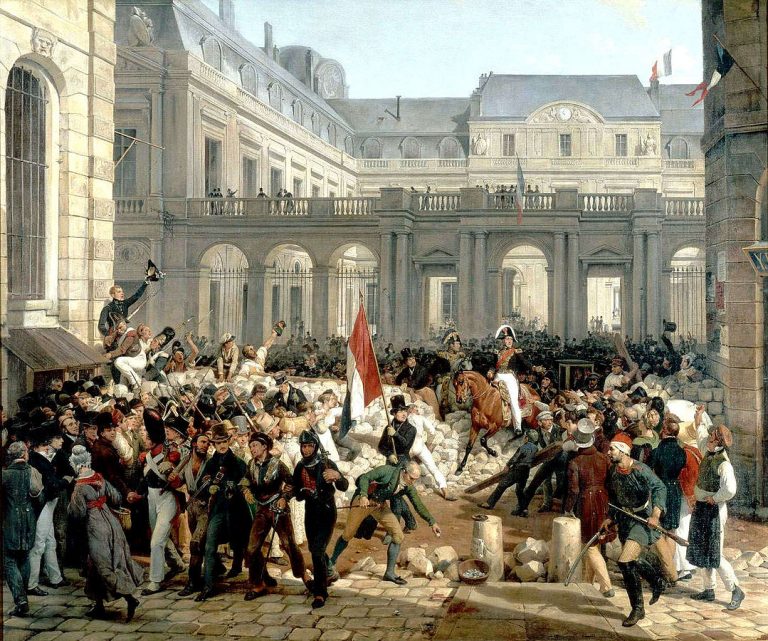|
Plinio Corrêa de Oliveira
2. The Apparent Intervals of the Revolution
|
|
|
The existence of periods of accentuated calm might give the impression that at such times the Revolution has ceased. It would thus seem that the revolutionary process is not continuous and therefore not one.
Louis-Philippe d’Orléans leaving the Palais-Royal to go to the city hall, 31 July 1830, two days after the July Revolution. However, these calms are merely metamorphoses of the Revolution. The periods of apparent tranquility – the supposed intervals – have usually been times of silent and profound revolutionary ferment. Consider, for example, the period of the Restoration (1815-1830).1 3. The March from Refinement to Refinement From what we have seen,2 each stage of the Revolution, compared with the preceding one, is but a refinement. Naturalistic humanism and Protestantism were refined in the French Revolution, which in its turn was refined in the great revolutionary process of the Bolshevization of the contemporary world.
The official declaration of the Second Empire, at the Hôtel de Ville, Paris on December 2, 1852. The fact is that disordered passions, moving in a crescendo analogous to the acceleration of gravity and feeding upon their own works, lead to consequences which, in their turn, develop according to a proportional intensity. In like progression, errors beget errors, and revolutions prepare the way for revolutions. Notes: 1. See Part I, Chapter 4. 2. See 1, C, above. Plinio Corrêa de Oliveira, Revolution and Counter-Revolution (York, Penn.: The American Society for the Defense of Tradition, Family, and Property, 1993), Part I, Ch. VI, Pgs. 30-31. |
|




